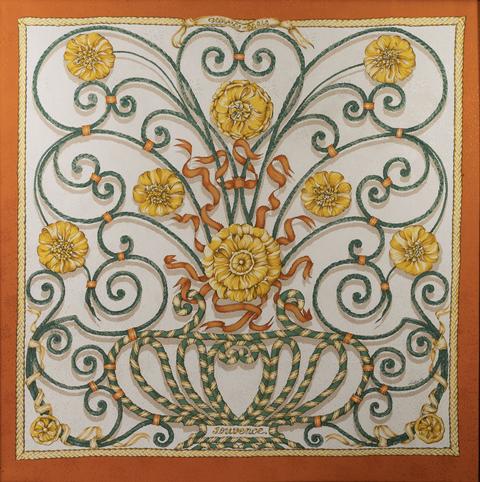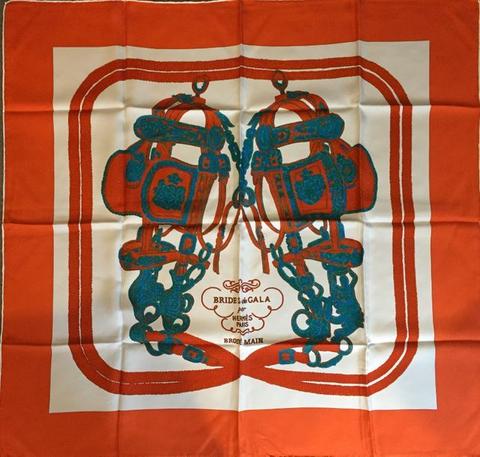Leila Menchari
Born on September 27, 1927, in Tunis, Leila Menchari was destined for an illustrious career filled with artistic creativity and grandeur. Being the daughter of Abderrahman Menchari, a Francophile lawyer and wealthy landowner, and Habiba Ben Djellab, a justice clerk and a prominent feminist, she enjoyed an upbringing vastly different from many young Tunisian women of her time. As a child, she was allowed the freedom to explore and immerse herself in art, cinema, and high-level swimming.
Her journey into the world of artistry began in the gardens of a villa owned by an American-British couple, Violet and Jean Henson. This space teeming with fruit trees, eucalyptus, peacocks, and a plethora of otherworldly aesthetics ignited an artistic flame within her. Here, she met eminent artists like Man Ray, Jean Cocteau, and Luchino Visconti, which cemented her determination to walk the path of creativity.
Menchari then ventured to Paris, graduating from the École des Beaux-Arts and mingling with bohemian Saint-Germain-des-Prés’s artistic community in the 1950s. Her friend and childhood companion, designer Azzedine Alaïa, introduced her to French couture, leading to her becoming a favored model for Guy Laroche in 1957. This experience honed her understanding of Parisian elegance.
In 1961, Menchari’s life took a turn when she joined the iconic luxury brand, Hermès. Her creative genius was quickly recognized by Annie Beaumel, the in-house decorator of Hermès, who challenged her to “Draw your dreams!” Menchari’s fantastical, grandiose, and oriental dreams materialized as she began designing window displays for Hermès, initially as Beaumel’s assistant and eventually becoming the lead decorator in 1978.
Throughout her career at Hermès, Menchari was the creative force behind many remarkable scarves, including:
Her designs not only represented her unique artistic vision but also served as a harmonious blend of art and craftsmanship, East and West. Menchari’s window displays, known for their imaginative extravagance, became the main attraction at the Hermès flagship store at 24 Faubourg-Saint-Honoré in Paris. Each display was a tribute to her artistic brilliance, captivating passerby and firmly etching Hermès’s image as a paragon of luxury in the global fashion industry.
Leila Menchari’s legacy continues to inspire, long after her passing on April 4, 2020, in Paris. As one of Hermès’s most distinguished and influential designers, her imaginative designs and captivating window displays will forever be a testament to her artistic prowess and unique vision.
Born on September 27, 1927, in Tunis, Leila Menchari was destined for an illustrious career filled with artistic creativity and grandeur. Being the daughter of Abderrahman Menchari, a Francophile lawyer and wealthy landowner, and Habiba Ben Djellab, a justice clerk and a prominent feminist, she enjoyed an upbringing vastly different from many young Tunisian women of her time. As a child, she was allowed the freedom to explore and immerse herself in art, cinema, and high-level swimming.
Her journey into the world of artistry began in the gardens of a villa owned by an American-British couple, Violet and Jean Henson. This space teeming with fruit trees, eucalyptus, peacocks, and a plethora of otherworldly aesthetics ignited an artistic flame within her. Here, she met eminent artists like Man Ray, Jean Cocteau, and Luchino Visconti, which cemented her determination to walk the path of creativity.
Menchari then ventured to Paris, graduating from the École des Beaux-Arts and mingling with bohemian Saint-Germain-des-Prés’s artistic community in the 1950s. Her friend and childhood companion, designer Azzedine Alaïa, introduced her to French couture, leading to her becoming a favored model for Guy Laroche in 1957. This experience honed her understanding of Parisian elegance.
In 1961, Menchari’s life took a turn when she joined the iconic luxury brand, Hermès. Her creative genius was quickly recognized by Annie Beaumel, the in-house decorator of Hermès, who challenged her to “Draw your dreams!” Menchari’s fantastical, grandiose, and oriental dreams materialized as she began designing window displays for Hermès, initially as Beaumel’s assistant and eventually becoming the lead decorator in 1978.
Throughout her career at Hermès, Menchari was the creative force behind many remarkable scarves, including:
Her designs not only represented her unique artistic vision but also served as a harmonious blend of art and craftsmanship, East and West. Menchari’s window displays, known for their imaginative extravagance, became the main attraction at the Hermès flagship store at 24 Faubourg-Saint-Honoré in Paris. Each display was a tribute to her artistic brilliance, captivating passerby and firmly etching Hermès’s image as a paragon of luxury in the global fashion industry.
Leila Menchari’s legacy continues to inspire, long after her passing on April 4, 2020, in Paris. As one of Hermès’s most distinguished and influential designers, her imaginative designs and captivating window displays will forever be a testament to her artistic prowess and unique vision.
15 variations referenced in the database














